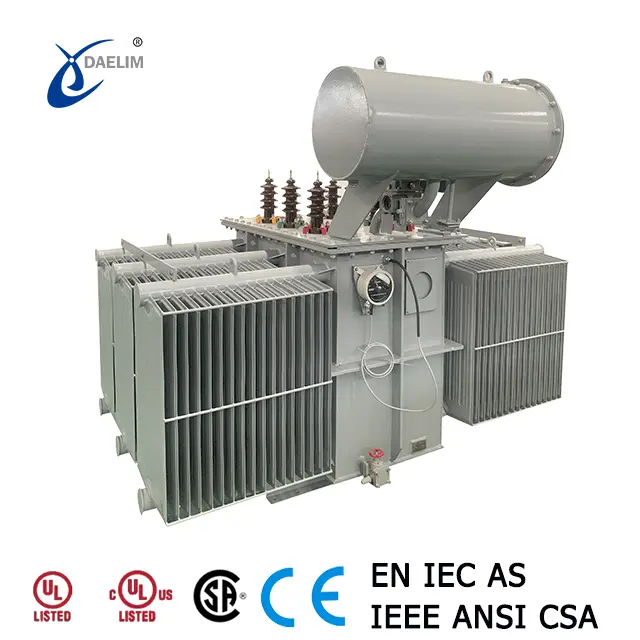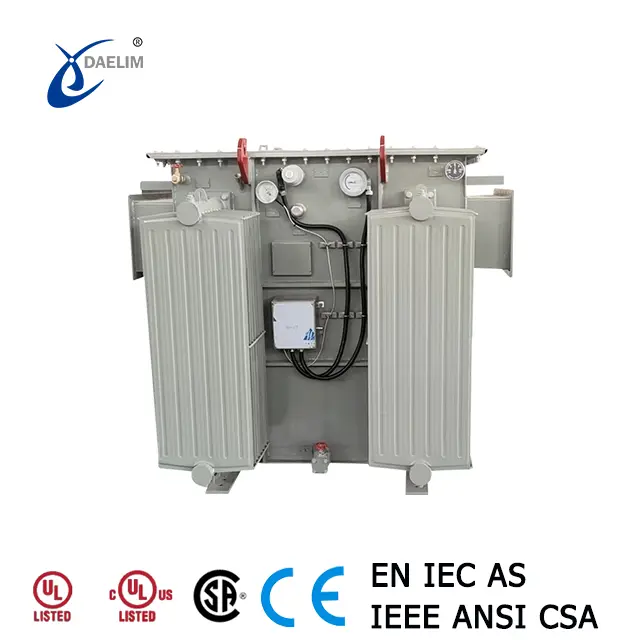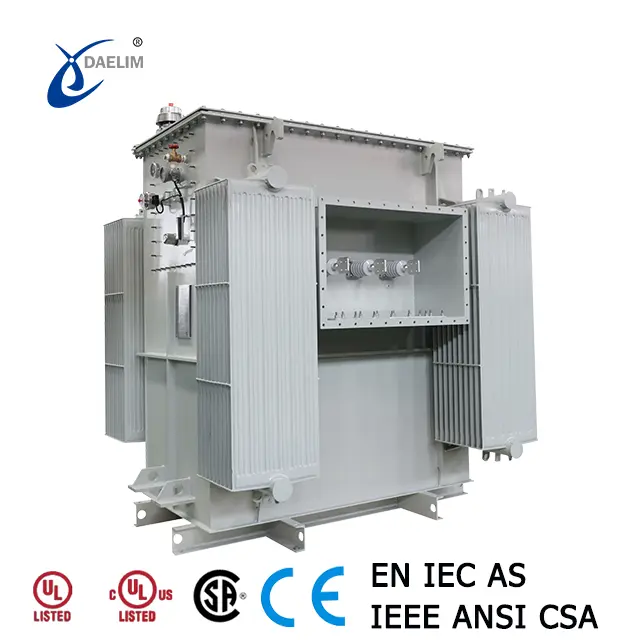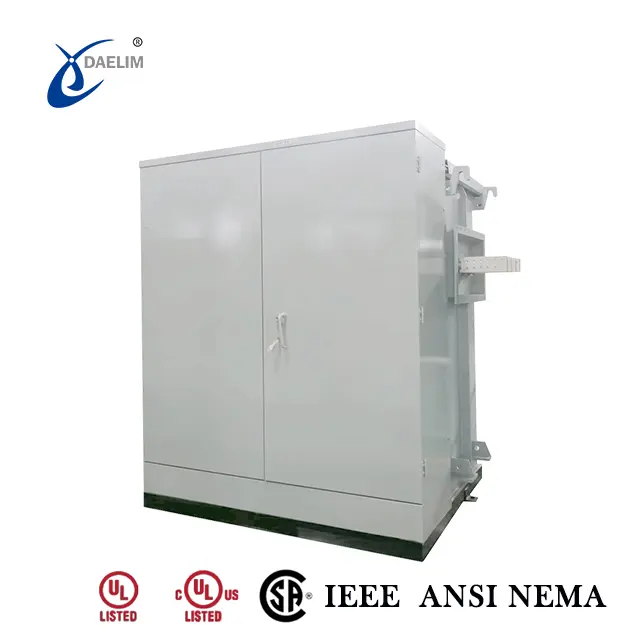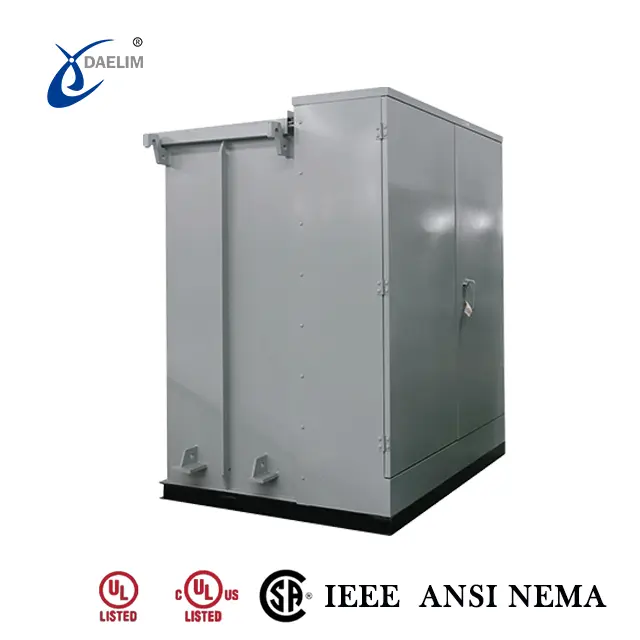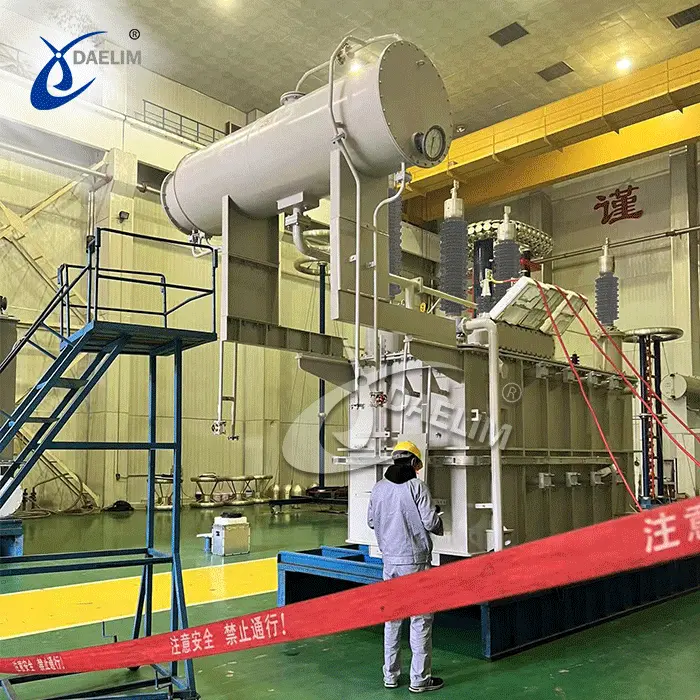How to measure the load loss and short-circuit impedance of a transformer?
Procedure for Measurement
Setup
- Apply a sinusoidal voltage at the rated frequency to one winding.
- Short-circuit the other winding and leave any additional windings open.
Current Application
- Apply the corresponding rated current (or tap current).
- If limited by test equipment, apply no less than 50% of the rated current (or tap current) and scale the measured load loss by the square of the ratio of the rated current to the test current.
Temperature Correction
- Correct load loss and short-circuit impedance to the reference temperature of 75°C for oil-immersed transformers.
Short-Circuit Impedance
- Expressed as a percentage. For three-winding transformers, use the maximum capacity as the reference.
- For tap ranges exceeding ±5%, measure short-circuit impedance at the main tap and at two extreme taps.
- In three-winding transformers, measure in three different pairs of windings and calculate respective short-circuit impedance and load loss.
Standard Deviations for Short-Circuit Impedance
- Two independent windings or first pair in a multi-winding transformer:
- Main tapping: ±7.5% if impedance ≥10%, ±10% if impedance <10%
- Other tapping: ±10% if impedance ≥10%, ±15% if impedance <10%
- Autotransformer windings or second pair in a multi-winding transformer:
- Main tapping: ±10%
- Other tapping: ±15%
- Other winding pairs:
- ±15% (positive deviation can be increased by agreement)
Measurement Method
- For three-phase transformers, apply the rated current from the high-voltage winding, short-circuiting the low-voltage and medium-voltage windings respectively.
- Use the medium-voltage winding to power the low-voltage winding and short-circuit it.
Test Instruments
- Voltmeter
- Ammeter
- Wattmeter
- Power analyzer
- TMS580 measurement system
Calculation Formulas
Pkt=∑I2Rt+PFt
Pk75=K∑I2Rt+PFt /K=[ Pkt+(K2-1) ∑I2Rt]/K
uk=( ur2+ ux 2)1/2 (%)
urt = Pkt/10SN (%)
ux 2=( uk2- urt 2)1/2=[ ukt2-( Pkt/10SN)2]1/2 (%)
uk75=( ur752+ ux 2)1/2=[ ukt2+( Pkt/10SN)2(K2-1)]1/2 (%)
K=310/(235+t)
Where:
- Pkt: Measured load loss at t°C (W)
- ∑I²Rt: Resistance loss at t°C (W)
- PFt: Additional loss at t°C (W)
- Pk75: Load loss at 75°C (W)
- SN: Rated capacity (kVA)
- uk75: Short-circuit impedance at 75°C (%)
Notes:
- For high impedance test products, connect the ammeter (current transformer) after the voltmeter (voltage transformer).
- For low impedance test products, connect the ammeter (current transformer) before the voltmeter (voltage transformer) to minimize impact.
- In load tests of large transformers, ensure accuracy in the transformer selection and measurement loss correction due to the small power factor.
- When calculating impedance, determine both the percentage of short-circuit impedance and the ohm value of each phase impedance. For delta connections, the phase impedance should refer to the equivalent star connection, not the internal phase impedance.
By following these steps and considerations, accurate measurement of load loss and short-circuit impedance in transformers can be achieved, ensuring reliable performance and compliance with standards.
More Resouces
The Impact of Impedance on Transformer Design
Losses in Transformer: The Ultimate FAQs Guide
Transformer Efficiency: The Ultimate FAQs Guide
CSA C802 For Minimum Efficiency Values For Power Transformers

